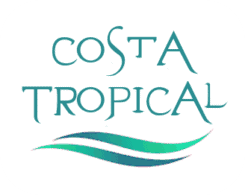- Home
- Listings
- Things To See & Do
- Car Hire
- News
- Properties
- What’s On
 ES
ES
Costa Tropical Museums
Local Art and Artifact Collections
Almuñécar
Cave of Seven Palaces Archeological Museum
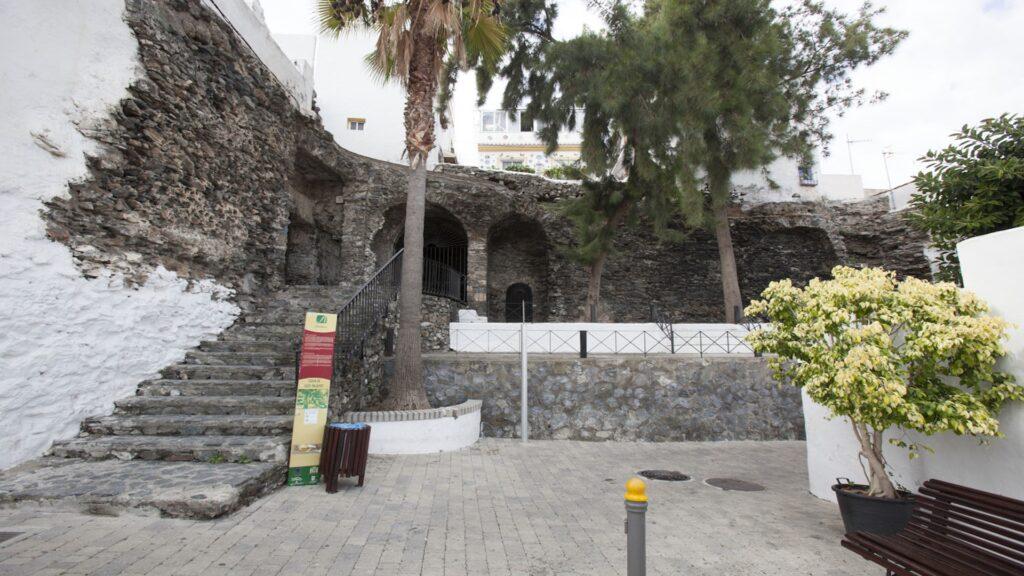
The site of this museum was once the basement of a large Roman construction, possibly a temple to honour the goddess Minerva. In its interior, the visitor can admire some of the fascinating historical remains of Almuñcar, such as the collection of objects from the Necropolis of Puente de Noy and Laurita, and a seventeenth-century BC Egyptian vase sculpted from solid quartz.
Open: Summer (July 1st through September 15th): Tuesday to Saturday 10am to 1:30pm / 6:30pm to 9pm. Sunday 10am to 1pm. Spring and autumm (April 1st through June 30th and September 16th through October 30th): Tuesday to Saturday 10am to 1:30pm / 5pm to 7:30pm. Sunday 10am to 1pm. Winter: November 1st through March 31st: Tuesday to Saturday 10am to 1:30pm / 4pm to 6:30pm. Sunday 10am to 1pm. Closed all day Monday, and Sunday afternoon.
Address: Cueva de los Siete Palacios, calle Eras del Castillo 29, 18690, Almuñécar. Tel: 958 61 61 31. Email: culturalmunecar@almunecar.es.
San Miguel Castle Museum (Museo de la Ciudad de Almuñécar)

It is located inside the old San Miguel Castle, one of the historical and artistic buildings of Almuñécar; specifically, in its neoclassical-style pavilion. Visiting hours are from 10:30 am to 1:30 pm and from 5:00 pm to 7:30 pm, from Tuesday to Saturday. On Sundays, it only opens in the morning, and it remains closed on Mondays. Tel .: 958 631 125.
La Herradura
Casa Artemus
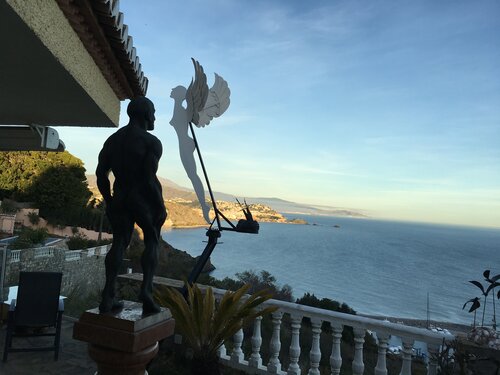
Casa ArteMus is the new home of artist Kitty Harri’s renowned sculpture garden, now nestled in the picturesque town of La Herradura. After downsizing from their previous location in Jete, Kitty and her partner Nick have created a captivating oasis overlooking Marina del Este, where visitors can immerse themselves in art amidst breathtaking views.
At Casa ArteMus, visitors can explore a curated collection of sculptures, including Kitty’s iconic wooden totem pole and whimsical bronze figures, alongside works by international artists. The garden boasts an impressive array of stone, marble, and bronze carvings, each nestled within the stunning landscape.

Kitty and Nick’s international backgrounds are reflected in their diverse selection of artists, creating a rich tapestry of artistic expression. Guided visits of the garden are available by appointment, offering an intimate glimpse into the creative process and inspiration behind each piece.
In addition to admiring the artwork, visitors can participate in mosaic workshops led by Kitty and Nick, immersing themselves in the world of artistry. Nick also welcomes local musicians to join him for informal music sessions, showcasing his eclectic collection of instruments, including a handmade harpsichord.
With its tranquil ambiance, panoramic views, and vibrant artistic community, Casa ArteMus invites visitors to experience the beauty and creativity that flourish in this idyllic coastal setting.
Address: Calle Ruiseñor 10, La Herradura, Granada 18697. Email for bookings: info@casaartemus.com
Motril
Museo Preindustrial de la Caña de Azúcar (Museum of Pre-industrial Sugar Cane)
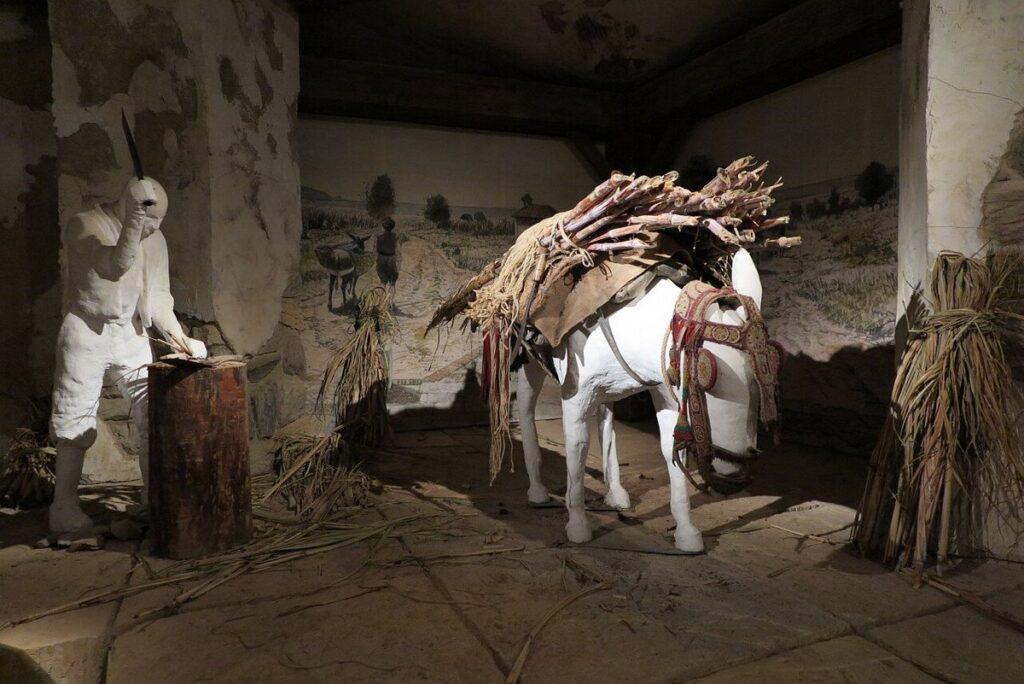
The Sugar Cane Museum in Motril, takes visitors on a captivating journey through the history of sugar production and its impact on the region. Focusing on the processes of making and trading sugar from the 13th to 18th centuries, the museum features detailed miniature models of mills and presses that were central to sugar-making. It also recreates cooking and purifying rooms, offering a glimpse into the hard work involved.
What sets this museum apart is its educational experience, guiding visitors through almost a millennium of sugar cane culture. It showcases the evolution of techniques, technologies, and the cultural significance of sugar production. The museum’s dedication to history is seen through its possession of Europe’s oldest mill, reflecting its commitment to preserving the past.
Beyond artifacts, the museum highlights Motril’s global role in sugar cane production, emphasizing its historical, economic, and cultural significance. The museum provides a sensory journey, connecting visitors to the labor, innovation, and cultural value of sugar production.
Open: Summer (June 15th through September 15th): Tuesday to Thursday 10am to 2:30pm and 6pm to 8pm. Friday and Saturday: 10am to 2:30pm / 6pm to 8pm. Winter: September 16th through June 14th: 10am – 2pm / 4pm -7pm. Sunday 10am-2pm. Guided tour available in Spanish, English, French or German languages. Fee: 3 euros
Address: Museo del Azúcar de Motrol, calle Zafra, 6, 18600, Motril. Tel: 958 822 206. Email: museodelazucar@motril.es. Visit website.
Museo de Historia de Motril (Museum of History of Motril)

At the Museum of History of Motril (MHIMO), local history is told in a didactic and direct manner, using new audiovisual technologies. The visit to this historical 17th-century building, restored to house this museum, begins with the welcome of various characters from the history of Motril. On the first floor, it covers everything from prehistory to the first major cycle of sugar, including Muslim Motril, the conquered city, and the city’s struggle against pirate attacks. On the second floor, we find innovations in crops and the Enlightenment movement that influenced Motril society.
We can also discover the process of Enlightenment, the crisis in sugar production, and the civil war in Motril. The visit concludes with a tour of its more recent history.
Contact info
Location:C/ Cardenal Belluga 14, 18600 Motril
Email: museodehistoria@motril.es
Tel:958 603 224
Opening hours:
Tuesday to Thursday: 10:00 am to 2:00 pm.
Friday and Saturday: 10:00 am to 2:00 pm / 5:30 pm to 7:30 pm.
Sunday and Monday: Closed
Guides are available for visitors in various languages for self-guided tours.It also offers educational booklets for students at different educational levels, as well as answer guides for teachers. Information brochures about the museum are available in various languages. Access to the Temporary Exhibition Hall is free.
General Admission: €3
Reduced Admission: €2 (visitors under 35 years old, over 65 years old, groups of 20 people or more, Disabled individuals.
Vélez de Benaudalla
Museo del Aceite Andaluz
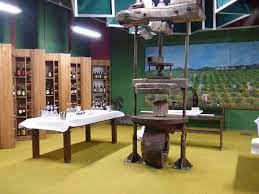
A unique place on the Costa Tropical where you can explore an ancient culture: that of olive oil. In Vélez de Benaudalla, the Andalusian Olive Oil Museum aims to promote agri-food products from Andalusia, with a primary focus on olive oil as a key element of its gastronomy. Get a firsthand look at the culture of olive oil on the Costa Tropical and its most renowned food products.
The museum features an exhibition area, an olive heritage zone, a conference room, a shop, and offices. Notable exhibits include a display of oils and a collection of antique machinery related to the world of olive farming and oil extraction.
You’ll have the opportunity to gain firsthand knowledge of one of the oldest and most significant economic cultures in Andalusia: how this vital product is born and obtained, and its collection of the main producing areas in the region.
The Olive Oil Museum is divided into an Exhibition Area, Heritage Zone, Conference Hall, Shop, and Office.
They organize tours in various languages, guided tours with breakfast or snacks, tours with an introduction to oil tasting, wine tastings, courses on ham cutting, meetings, conferences, and incentives for companies.
Contact info
Location: Carretera Bailén-Motril km 186.5 18670 Vélez de Benaudalla
Email: museoaceiteandaluz@gmail.com
Tel: 958 658 089 | Email:
Website: https://www.museodelaceiteandaluz.com/
Opening hours:
Winter: Monday to Friday, from 10:00am to 2:00 pm and from 4:00pm to 7:00pm. Saturday and Sunday, from 10:00am to 2:00pm.
Summer: Monday to Friday, from 10:00am to 2:00pm and from 5:00pm to 8:30 pm. Saturday, from 10:00am to 2:00pm.
General Admission: Free (self-guided access)
Guided visit: 8 euros per visitor. It includes olive oil tasting. It needs to be booked in advance.
Guided Picnic visit: 15 euros per visitor. It includes olive oil tasting. It needs to be booked in advance.
Gourmet Guided visit: 18 euros per visitor. It includes tasting of Andalusian olive oils, accompanied by a picnic of typical local products, such as locally grown fruits, figs, cured meats, cheese, jams, etc.. It needs to be booked in advance.
Torrenueva Costa
Museo El Aljibe: Oasis Cultural Paco del Pino
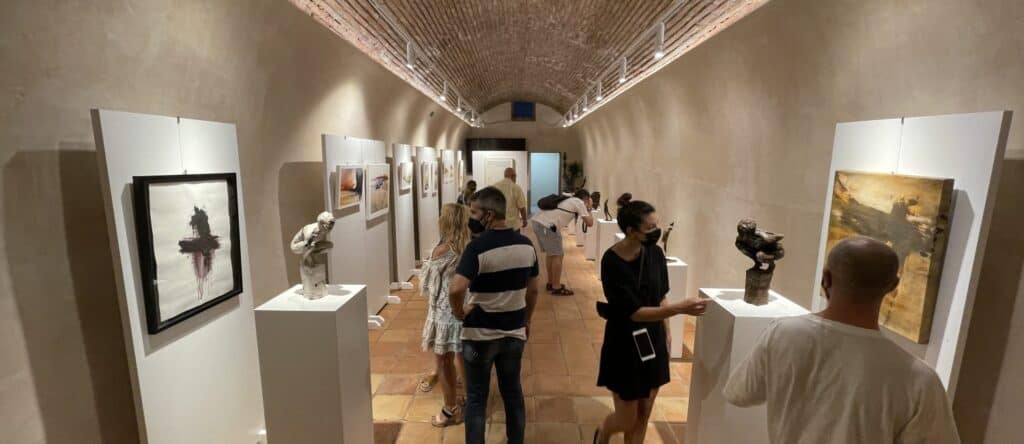
The El Aljibe: Paco del Pino Cultural Oasis Museum is a unique space in Torrenuva that blends history, art, and culture. Originally, the Aljibe was a hydraulic structure built in the first half of the 20th century, essential for irrigating the fields of the Vega de Motril through a canal from the Guadalfeo River. Over time, it fell into disuse and was abandoned, with its structure deteriorating and the surrounding area overgrown with vegetation. In 2019, the Torrenueva Costa City Council undertook a restoration project to recover this historical heritage, transforming the Aljibe into a cultural space that, since its inauguration in 2021, has hosted exhibitions. In December 2023, it was renamed “El Aljibe: Paco del Pino Cultural Oasis,” in honor of the local artist who considered it an oasis for culture, art, music, and history in the municipality.
